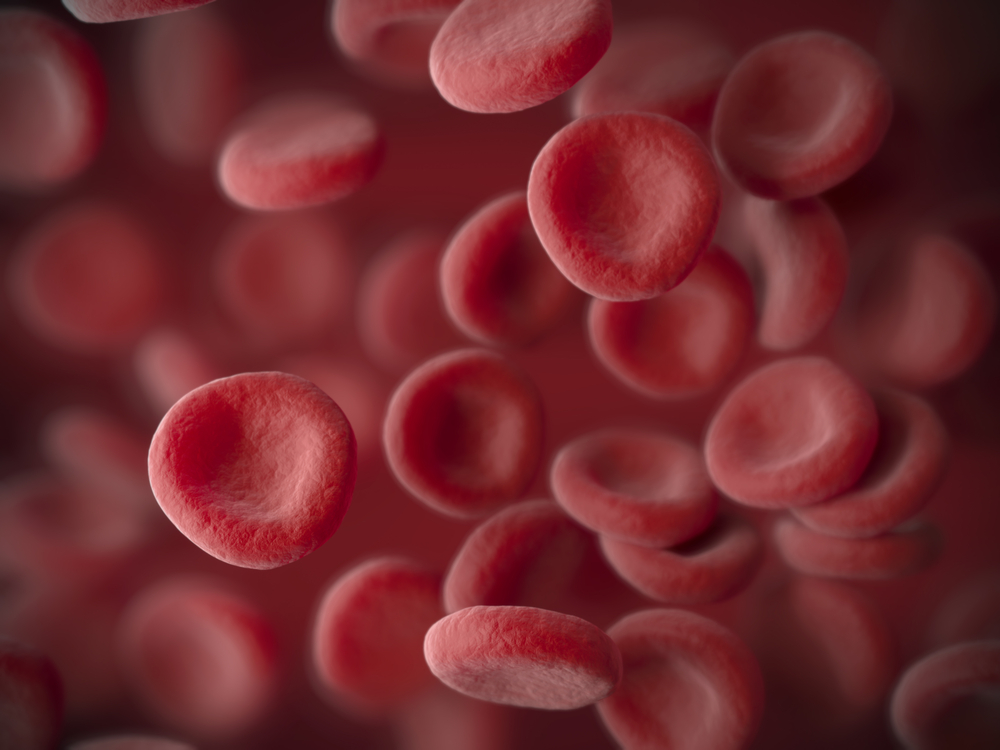B-Cell Changes May Predict Conversion from Clinically Isolated Syndrome to MS, Study Suggests

B-cell alterations in peripheral blood may predict the conversion of clinically isolated syndrome (CIS) to multiple sclerosis (MS), a recent study suggests.
Conducted in Turkey, the study, “Peripheral blood memory B cell frequency predicts conversion from clinically isolated syndrome to multiple sclerosis,” was published in the journal Multiple Sclerosis and Related Disorders.
CIS is the first clinical manifestation of disease characterized by inflammatory loss of myelin, the protective layer of nerve fibers. It occurs over at least 24 hours and has been defined as the first neurological disturbance of relapsing-remitting MS, the most common disease type. Given the possible progression to MS, developing biomarkers that predict the conversion of CIS to MS is urgent.
Research has shown the important role of immune B-cells in disability and cognitive decline in MS. However, B-cell actions in the early stages of MS remain largely unknown. Different types of B-cells have been found in peripheral blood and/or cerebrospinal fluid — the fluid that fills the brain and spinal cord — of MS patients as early as their first clinical episode.
An association between B-cells and CIS has also been reported, with patients having B-cells in cerebrospinal fluid, which has been found to correlate with brain lesion severity. This indicates that B-cell activation occurs early in brain inflammation and MS lesion formation.
Aiming to evaluate whether B-cell measurements may help predict progression from CIS to MS, the team assessed the levels of various B-cell subsets in CIS patients over a three-year period.
Peripheral blood cells of 17 CIS patients were collected during the first attack. Patients were then divided into two groups: those who converted to MS (eight patients), and those who did not (nine patients) during the three-year period. Nineteen MS patients and 20 healthy individuals were included as controls.
Specifically, the scientists measured peripheral blood frequencies (proportions) of total, immature, naïve (not exposed to an antigen), unswitched and switched memory B-cells — which differ in the type of antibody they produce in response to antigens — plasmablasts (immature blood cells, which may secrete large amounts of antibodies), and plasma cells.
They found that CIS patients had reduced unswitched memory B-cell and plasma cell frequencies. Importantly, those not converting to MS had greater levels of total B-cells and decreased frequencies of unswitched memory B-cells and plasma cells.
The researchers observed that a 10% cut-off level for unswitched memory B-cell frequencies determined MS conversion.
This result let the team to hypothesize that increased exposure of B-cells to brain antigens may be increasing the number of effector B-cells and driving the conversion of CIS to MS, boosting brain inflammation.
“Our results suggest that conversion from CIS to MS occurs due to the inability of the immune system to suppress effector B cell production,” the team wrote.
Of note, MS patients and healthy controls showed similar B-cell subgroup prevalence, which limits using this assessment as a biomarker in established MS cases. However, all MS patients were under immunomodulatory treatments, which suggests that the B-cell levels found in these patients could be the result of medication rather than the natural course of disease.
“Our results suggest that, in the peripheral blood, major B-cell alterations may occur during earlier stages of MS,” the researchers wrote. “Thus peripheral blood B-cell subset measurements might be utilized to predict conversion to MS after the first clinical episode.”
The team emphasized, nonetheless, that studies with larger groups of CIS patients are needed to validate the findings.






